Obsessing On Process & Meta-Process: The Secret of High-Performing Consulting Firms
StrategyU
MARCH 20, 2025
. #2 Internal Artifacts help shape the reality of a project Another vital component of a strong meta-process is developing and utilizing internal artifacts. These aren’t just templates or checklists for the sake of having them, these should be documents, and tools to help develop a shared understanding that is at the core.



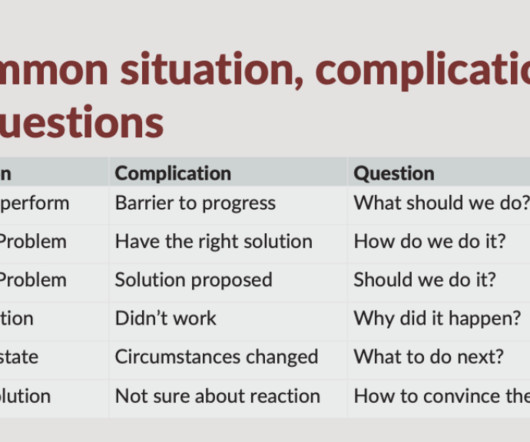

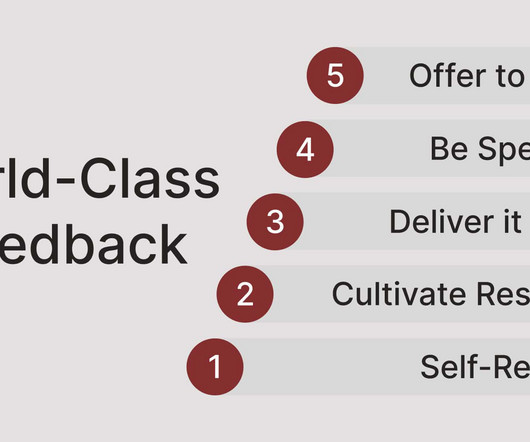
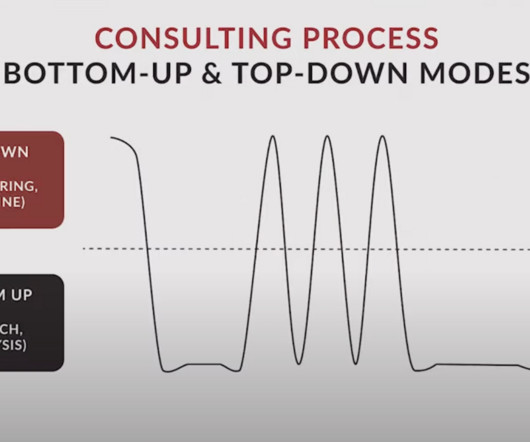

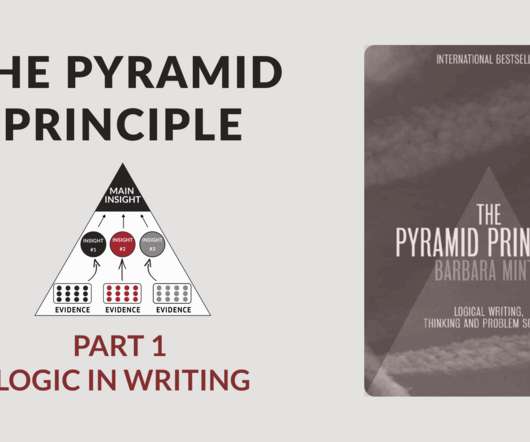

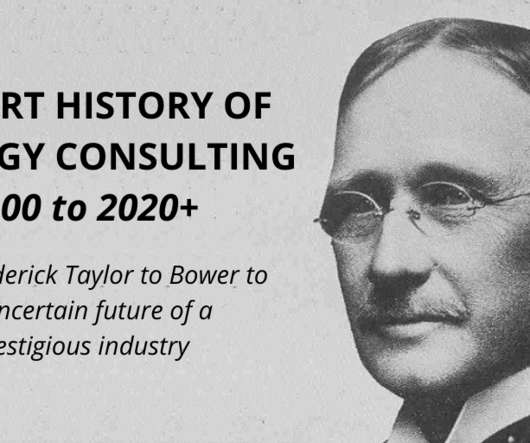






Let's personalize your content